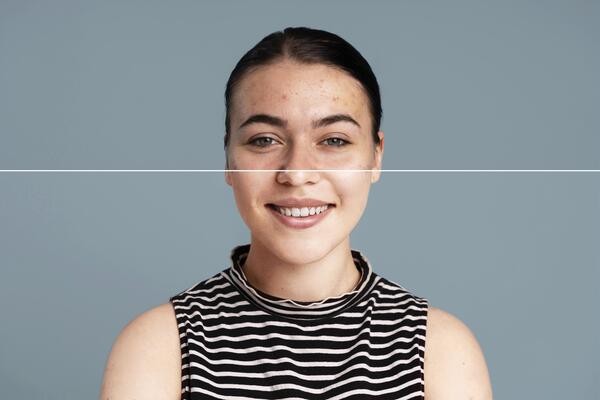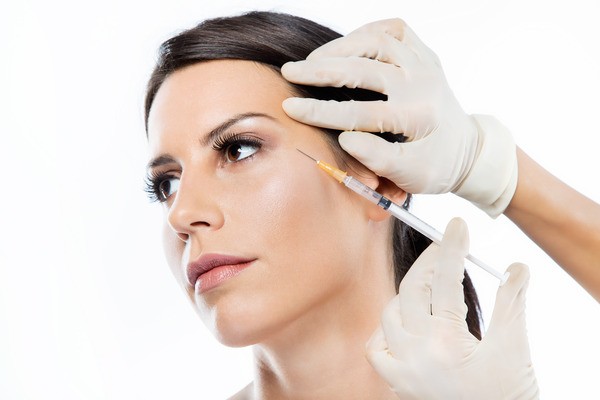
Dyeing After a Hair Transplant
Oftentimes, the biggest question on people's minds after getting a hair transplant is whether it's safe to dye it. So, is it? In this blog post, we'll be covering some common doubts regarding dyeing after a hair transplant, after which we'll summarize everything with a general list of do's and don'ts after getting a hair transplant in terms of dyeing.
Does Transplanted Hair Turn Grey?
The transplanted hair's color is determined by your natural hair's color. What this means is that if your transplanted hair absorbs more pigment than your un-transplanted hair, your transplanted hair will turn darker. Dyeing does not affect whether or not this occurs. Also, if you are a young man in your twenties with naturally dark hair, your transplanted hair won't turn grey, but if you have a history of greying, then yes, there's a chance your transplanted hair will turn grey.
Is It Safe To Dye After a Hair Transplant?
Yes, it's completely safe to dye your hair after a transplant. Dyeing is a cosmetic process and in order for the clinic to clear you for a procedure, they have to make sure that no treatments will affect the grafts. Dyeing does not affect graft survival or growth because of its cosmetic nature.
However, the chemicals in certain dyes like bleach and peroxides can lead to decreased vitality of the transplanted hair, which is counter-productive.
Dyeing your hair at least a month after the transplant will ensure that your new growth has been treated with finasteride for 3 months. Dyeing within a month doesn't pose a problem, but it's safer to wait a few more weeks.
What Dyes Can Be Used?
Hair dye is different from bleach and peroxide in the sense that hair dye does not cause damage to the scalp. Hair dye is usually comprised of color pigments, which attach themselves to your hair shaft without causing damage. Dyes contain no peroxides or bleaching agents and are basically tinted conditioners, so there's no reason not to use them after transplantation.
Make sure to buy the dye from a reputable brand and go for those that do not contain any alcohol as alcohol can damage your transplanted hair. Dyes like Natural Instincts (for long-lasting color) and L'Oreal Excellence (for adding highlights) are good options.
What if I Dye My Hair Before Applying Finasteride?
It's best to wait until after your finasteride treatment, but you can dye before as long as the dyeing process doesn't cause much damage. Dyes that contain ammonia are not recommended because they will dry out your scalp, which can cause folliculitis.
Do’s and Don’ts
Do’s
- Wait at least a month after the procedure to dye your hair.
- Dye your hair with a non-ammonia-based dye.
- Dye only the new growth, not the pre-existing hair in your scalp. Dyes don’t work on previously colored/dyed hair and will only damage it.
- Dyes vary by brand, so make sure to do your research before dyeing.
Don’ts
- Avoid peroxides and bleaching agents. Dyes with these will damage your transplanted hair further. Dyes without them are completely safe.
- Don't dye your scalp or the part of your head where the grafts were inserted (the "donor area ").
- Don't dye your hair before consulting with your surgeon. Dyeing has no effect on the outcome of a HT, but you should nevertheless only do it if it's safe for you.
Before doing anything at all, it's best to consult with your surgeon. They'll know best about the state of your scalp and the nature of your hair transplant, and whether dyeing it is worthwhile. If you don't already have one and are confused about who to consult, Dr. V S Rathore's doors are wide open for you. He is an esteemed name in the hair transplant world and has been performing this procedure for more than 18 years. He has been honored with countless awards for his contribution to this field, and other cosmetic surgery procedures.
He has a clear vision, and it is to help people feel more confident in their skin. He uses state-of-the-art facilities to perform his surgeries and ensures that all the equipment he uses is also of the highest standards. With these at hand, he has been able to help thousands of people struggling with hair loss and other related conditions like bald patches and receding hairlines. His clinic is equipped with a team of hard-working individuals, all exceptionally skilled in their fields, ensuring you the easiest ride through your procedure. Despite all the success he has achieved, he remains humble and stays true to his initial goal when he took up this career: to make people feel happy about themselves.
With us, know that you are in safe hands. We tell you as it is, gives you valuable advice, and take you through your procedure calmly, causing as little pain as possible. All you have to do is stick with us for the ride, and follow through with any instructions that are given to you for self-care after your surgery.







